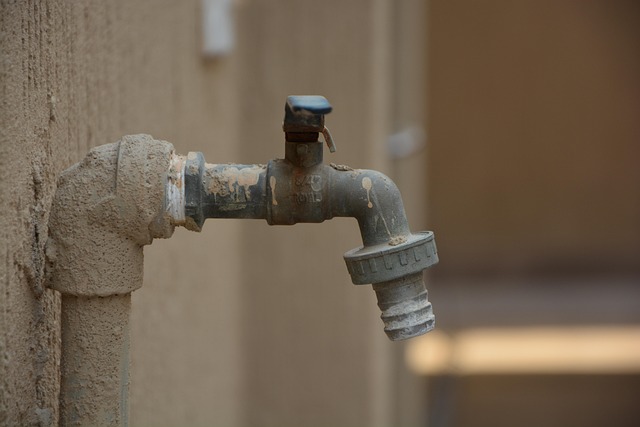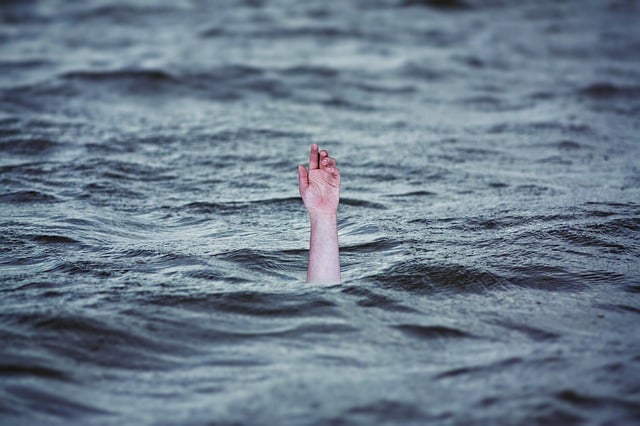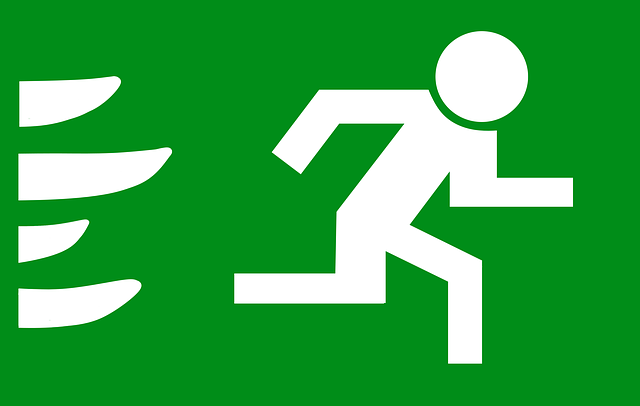Burst pipes cause severe water damage and structural issues, mainly from temperature fluctuations and aged plumbing. Prevent emergencies with regular maintenance by an emergency plumber, who insulates pipes, clears hydrants, inspects for corrosion, and identifies damage early. Act swiftly in a burst pipe crisis: turn off the main valve, contain damage, protect property, and elevate valuable items. DIY with essential tools (wrenches, tape, vinegar) can be a temporary fix but is best left to professionals for lasting repairs. Budgeting is crucial; average emergency repairs cost $500-$2,500 per pipe, while comprehensive fixes can reach $4,000. Post-repair, inspect connected fixtures and schedule regular maintenance with an emergency plumber.
In the face of a burst pipe emergency, swift action is crucial. Understanding common causes and preventive tips can help mitigate such crises. This article equips homeowners with essential knowledge on what to do immediately, the tools needed for DIY repairs, and when to call an emergency plumber. We guide you through temporary fixes, cost estimates, post-repair care, and more, ensuring your home’s plumbing system is back in order without breaking the bank. Navigate burst pipe emergencies like a pro with our comprehensive insights from identifying issues to budgeting for repairs.
Understanding Burst Pipe Emergencies: Common Causes and Prevention Tips

Burst pipe emergencies can be devastating, causing significant water damage and potential structural harm. Understanding common causes is key to prevention. One of the primary reasons pipes burst is extreme temperature fluctuations, especially during winter months when frozen pipes expand and break. Poorly maintained or old plumbing infrastructure is another frequent culprit, as corroded or cracked pipes become more susceptible to sudden pressure changes.
To mitigate these issues, regular maintenance by an emergency plumber is essential. This includes insulating pipes in vulnerable areas, keeping hydrants clear of snow and ice during winter storms, and scheduling periodic inspections to identify and repair any signs of corrosion or damage before they escalate. Additionally, knowing the location of your main shut-off valve can help contain water flow in case of a burst pipe emergency until a professional emergency plumber arrives.
What to Do Immediately When You Spot a Burst Pipeline

When you spot a burst pipe, act swiftly to mitigate damage and prevent further complications. Turn off the main water supply valve immediately to stop the flow of water. If possible, locate the shut-off valve for the specific pipe that has burst; this can help contain the issue. While waiting for an emergency plumber, do not attempt to fix the pipe yourself unless you have basic plumbing knowledge and tools, as incorrect handling could cause more harm. Instead, place buckets or containers under the leak to catch excess water and protect your property from flooding.
Additionally, open windows and doors to allow fresh air circulation, preventing mold growth in the aftermath. Ensure everyone in the household is safe and aware of the situation. Keep valuable items elevated or moved to higher ground if there’s a risk of water damage. A quick response by an emergency plumber can make a significant difference in minimizing repairs and restoring your home to its pre-burst condition.
Essential Tools and Materials for DIY Emergency Repairs

When facing a burst pipe emergency, having the right tools and materials on hand can make all the difference in DIY repairs. Essential items for any homeowner’s kit include a variety of wrenches (both adjustable and pipe), pliers, and a set of thread seal tape—also known as plumber’s tape. These tools are crucial for tightening connections, removing damaged sections, and securing new joints.
Additionally, a bucket, some rags, and a clear solution like white vinegar can help in the cleanup process. While these materials may seem basic, they empower you to handle immediate situations before calling an emergency plumber. Always ensure your safety by wearing gloves and protective gear when dealing with water damage and potential pipe replacements.
Step-by-Step Guide: Temporary Fix vs Professional Plumber Intervention

Step-by-Step Guide: Temporary Fix vs Professional Plumber Intervention
In a burst pipe emergency, acting swiftly is crucial to prevent extensive water damage. Before deciding whether to attempt a temporary fix or call an emergency plumber, assess the situation. If the pipe is visible and accessible, you might be able to implement a temporary solution to stop the flow of water immediately. This could involve shutting off the main water supply valve and using sand or rags to plug the break. However, this is only a short-term measure.
For a lasting repair, professional intervention from an emergency plumber is recommended. They possess the expertise and tools to safely locate and fix the pipe without causing further harm. While it might be tempting to DIY, complex pipe systems can pose hidden risks. A seasoned plumber will ensure the job is done correctly, preventing future leaks and potential structural damage.
Cost Estimates: Budgeting for Emergency Burst Pipe Repairs

When facing a burst pipe emergency, budgeting for repairs is crucial before calling an emergency plumber. The cost estimates can vary greatly depending on several factors such as the extent of damage, location of the leak, type of piping, and whether there’s extensive mold or water damage that requires additional remediation. On average, emergency burst pipe repairs can range from $500 to $2,500 or more per pipe.
For a comprehensive fix, which often includes replacing sections of pipe, repairing or installing fixtures, and drying out affected areas, budgeting between $1,500 and $4,000 is advisable. Remember, these are estimates, and an actual quote from a licensed emergency plumber will provide the most accurate cost for your specific situation.
Post-Repair Care: Ensuring Your Home's Plumbing System is Back in Order

After an emergency pipe burst repair, it’s crucial to take steps to ensure your home’s plumbing system is fully restored and protected against future issues. The first step in post-repair care is to thoroughly inspect all fixtures and appliances connected to the repaired pipes. Look for any signs of leaks or unusual water pressure, as these could indicate lingering problems that need addressing.
Regular maintenance is also key to preventing future burst pipe emergencies. This includes keeping an eye on your water heater, checking for corrosion in pipes, and scheduling professional plumbing inspections at least once a year. If you suspect any issues or don’t feel comfortable performing these tasks yourself, don’t hesitate to call an emergency plumber for assistance. They can provide expert advice and perform crucial maintenance to keep your home’s plumbing system in top shape.
